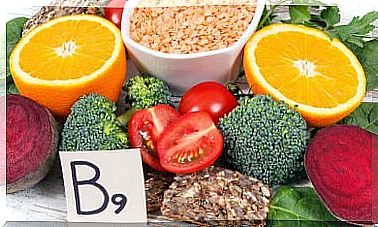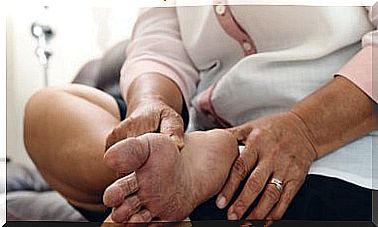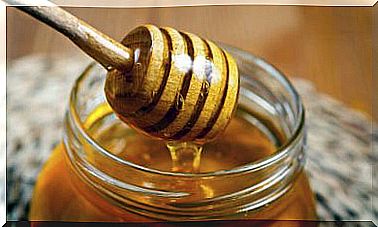Hyoscine: Uses And Side Effects
Hyoscine is a drug that is also known by other names, such as scopolamine or hyoscine butyl bromide . It is used to treat pain and discomfort caused by abdominal and menstrual cramps or other spasmodic activities in the digestive system.
For decades it has been one of the drugs widely used to treat renal colic pain, alone or in association with metamizole.
It is important to bear in mind that it is not a drug to treat pain, such as drugs in the NSAID family, but that its effect is aimed at avoiding the cause of pain: the muscle spasm itself.
For this reason, this drug is categorized as an antispasmodic drug. Hyoscine is an alkaloid found in some plants of the genus Duboisia, such as Duboisia myoporoides .
Mechanism of action: how does hyoscine exert its effect in the body?
Hyoscine-derived salts, such as hyoscine butylbromide, are an anticholinergic drug with high affinity for muscarinic receptors found on smooth muscle cells of the digestive tract.
When this drug interacts with receptors, hyoscine triggers a spasmolytic effect. This drug also has the property of binding with nicotine receptors, thereby exerting a ganglionic blockade.

Indications of hyoscine
Let’s see, below, the different indications for which hyoscine is indicated, as well as the dosage indicated for each one:
- Adjuvant in the treatment of peptic ulcer : in children and adults over 12 years of age, a dose of 20 mg is usually administered up to 4 times a day. In children between 6 and 12 years old, the dose is reduced to 5-10 mg up to 3 times a day. And, finally, in infants and children under 6 years of age, a dose of 0.3-0.6 mg / + kg is administered between 3 and 4 times a day, the maximum daily dose being 1.5 mg / kg.
- Astyspasmodic : it is administered orally in adults with a dose of 20 mg up to 4 times a day.
- Adjuvant in irritable bowel syndrome and other functional gastrointestinal disorders : as for the previous indication, it is administered in adults orally with a dose of 20 mg up to 4 times a day.
Pharmacokinetics: what happens to hyoscine in the body?
Pharmacokinetics includes the processes of absorption, distribution, metabolism and excretion of the drug. In this sense, hyoscine is a drug for oral administration that has a low bioavailability.
This refers to the percentage of drug that is available at the site of action after full administration of the dose. It is estimated that only 1% of the oral dose reaches the systemic circulation.
However, this fact is offset by the high affinity they have for muscarinic receptors in the intestinal tract. In this way, the drug can exert its effects locally.
Furthermore, hyoscine does not cross the blood-brain barrier, therefore, it does not produce cholinergic effects on the central nervous system.
Adverse reactions

Like all medicines, hyoscine is not exempt from producing a series of adverse effects that must be taken into account when being treated with this drug, according to the Spanish Agency for Medicines and Health Products.
We understand adverse effects as all those undesirable and unintended events that occur with the effect of a drug. In this regard, the most common side effects observed include the following:
- Constipation.
- Dry mouth.
- Difficulty urinating.
- Sickness.
- Dizziness
- Blurry vision.
On the other hand, although it is not very common, the Collaborating Center of the National Administration of Medicines, Food and Medical Technology of Argentina states that hypersensitivity reactions can occur that occur with some of the following symptoms:
- Itch.
- Urticaria.
- Nausea and vomiting
- Difficulty breathing.
All of these symptoms may need emergency attention and should be treated by a healthcare professional as soon as possible.
Always consult with professionals
It is an anticholinergic drug indicated in the treatment of spasms of the gastrointestinal, genitourinary and bile duct tracts.
Despite its low bioavailability, when administered orally it has a high tissue affinity for muscarinic receptors on smooth muscle. This feature seems to explain the low occurrence of side effects.
However, it is important to remember that it can produce a series of adverse effects associated with hypersensitivity reactions that must be treated urgently. Consult with the professionals any questions you have about hyoscine treatment.









